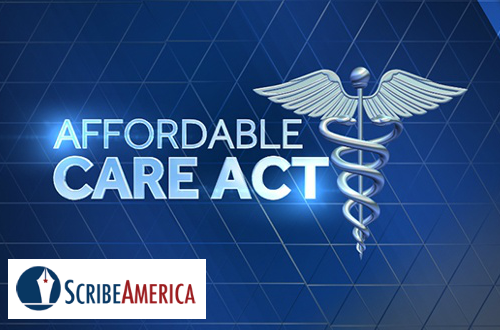While the newly insured beneficiaries of the Obama administration’s Affordable Care Act (ACA) are celebrating the new year by making doctor’s appointments for the first time in a long time, some doctors and hospitals might not be so excited about that.
Small networks and lower reimbursements
The ACA has worked hard to increase the number of potential new patients for doctors, through a combination of online health insurance exchanges, and the expansion of Medicaid in some states. However at the same time the legislation has not done much to ensure there are enough doctors available for those new patients. For doctors participating in Medicaid or exchange plans, this means that they’ll likely have a lot of new patients trying to get in the door.
On top of that is the fact that reimbursement rates for exchange plans are apparently low. This has made some doctors very hesitant to join the plans unless compelled to by a previously existing contract. Some doctors are not even sure if their contracts have them participating in exchange plans.
Another issue fueling the new patients to fewer doctors ratio is the fact that insurance companies have decreased the size of the networks that service their exchange plans in order to keep costs down.
More patients, less time?
Together these two issues make for a potentially dangerous situation for the newly insured with exchange plans. It means less access to care, and when applied to emergency facilities it could quickly become life threatening.
But for doctors participating in exchange plans, this triple dose of more patients, smaller networks, and lower reimbursements could make for the losing combination of lowered productivity, huge wait times, financial problems, and lower HCAHPS scores for hospitals.
Officials estimate that approximately seven million Americans were expected to sign up for health insurance through the ACA’s exchanges for coverage for 2014. That surge in patients comes at a time when the United States is already experiencing a shortage of doctors that is expected to get worse over the next several years due in no small part to the ACA. If you factor in the EHR and ICD-10 mandates, it almost seems like 2014 is a perfect storm for doctors and hospitals.
One solution is Medical Scribes
Sadly the structural problems of a doctor shortage and an increase of new exchange plan patients are issues with no easy fix. The fact is that the characteristic of modern American health care is to do more with less, and the ACA is just the latest example. However there is something that doctors and hospitals can invest in to hedge their bets for 2014 and beyond, and that is medical scribes.
To be sure, having a medical scribe certainly won’t be able to cut down on the number of new patients doctors are expected to see. However having a medical scribe’s EHR expertise frees up doctors to focus on medical decision making rather than time consuming data entry. When doctors offices and hospitals need to run more efficiently at their peak capacities in order to accommodate the newly insured, medical scribes can make that happen.



